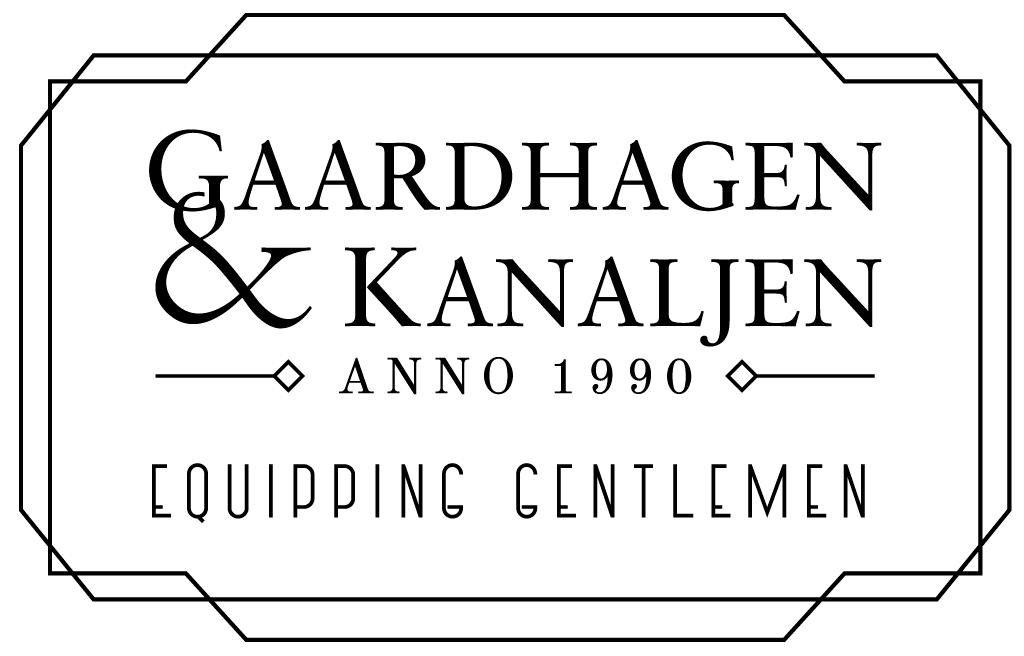Panama hat
The hunt for the perfect hat
The Panama hat was originally used as sun protection by the workers, the diggers of the Panama Canal. When gold rush prospectors and other travelers saw these hats, they began to grow increasingly popular. After the World Exhibition in Paris in 1889, where Panama and Ecuador shared a booth, a large number of free hats were distributed, leading to the breakthrough of the Panama hat in Europe and the world.
Soon, both royals and famous people started wearing them. In the early 1900s, they were immensely popular, and hat production had grown to become Ecuador’s largest export product. In the 1920s, one could hardly be seen on the French Riviera without an authentic Panama hat. However, the hat has never been manufactured in Panama but has always been made in Ecuador. The name ‘Panama hat’ comes from it being shipped via the Isthmus of Panama.
The adventure begins
We promise to deliver a hat beyond the ordinary, made with fair conditions. To gain knowledge about the manufacturing process, we have lived with the indigenous people for a while, harvested toquilla, prepared the fiber, and even participated in the markets where the straw is sold to hat makers. For many years, we searched for the absolute best ‘weavers’. It was a fantastic treasure hunt, and just when you thought you had found the finest hat, you heard about someone who made an even finer ‘super fino’. Eventually, we found a family that makes the absolute finest straw hats in the world, in a small dusty village on the coast of Ecuador. We have engaged with several families whom we have contracted for hat production; in short, we know well where our hats are made and by whom.
How it’s done
The hat is made from a cousin of the palm plants called Toquilla, which grows almost exclusively in the coastal regions of Ecuador and is a very flexible straw. The preparation of the straw is quite similar to the preparation of linen; the shoots are cut before they open, and the color of the root is the basis for determining if the fibers are mature enough and have the right tone to be harvested. After that, a long process of preparation, boiling, bleaching, and sorting begins before the fibers can be sold to the indigenous people who manufacture the hats.
There are about 150 steps in making an authentic Panama hat, and it can take anywhere from a few days to several years to complete one hat. Most hats are made in the Andes in the Azuay region; it is said that 1 hat is made per 1000 on the coast compared to the manufacturers in the Andes.
The hats that are closest to our hearts are called Montecristi hats because they are manufactured and sold in villages around the city of Montecristi in Manabi, Ecuador. It was to the city on the mountain that buyers came to do their hat business, which still happens today but not to the same extent. Nowadays, it is mostly tourists who seek out the area to buy an authentic Montecristi hat.
How do I know it’s an authentic Montecristi “super fino” hat?
A different technique is used on the coast than those who weave hats in the Andes; on the coast, there is a type of weaving technique where one can control the size and width of the hat’s brim through the insertion fibers. In Andean production, the indigenous people must decide from the beginning how large and wide the hat will be and then select fibers that are long enough.
Through a simple thumb gesture on the hat’s crown, it is possible to determine whether the hat comes from the coast or the Andes. Hats on the coast are completely stiff if one tries to separate the fibers a little, while hats from the Andes have much greater flexibility and move easily in their woven lines. When determining the hat’s grade, how many fibers fit on an inch (2.54 cm) is counted at 2-4 points on the upper part of the hat’s crown. If the hat has more than 40 fibers per inch at all points, it is an authentic “super fino hat” from Montecristi. To assess the final price of the artwork, the evenness of the lines and the color of the fibers are also taken into account.
Today, there are only 4-6 people in Ecuador who can manufacture these originals. When we contracted the youngest son in the family, he worked on an extremely fine hat for almost a whole year. When he had finished the hat, we measured it to Grade 56, meaning 56 fibers per inch, a quality that none of the hat makers in Cuenca, Azuay had ever seen before. But the night before the hat was to be delivered, a small larva made a hole in the hat, barely visible, but this caused the hat to plummet in price. We had already paid for the hat over the past year, and as always, the weaver would now receive his bonus because we had a customer who wanted to buy the hat. But after informing the customer, who was a hat agent in the USA, he backed out of the deal. The next day, the museum in Quito called; they had heard about the extremely fine hat and wanted to buy it despite the wormhole, so all’s well that ends well… In the USA, a “Super fino” hat can fetch a price of up to $80,000 USD!


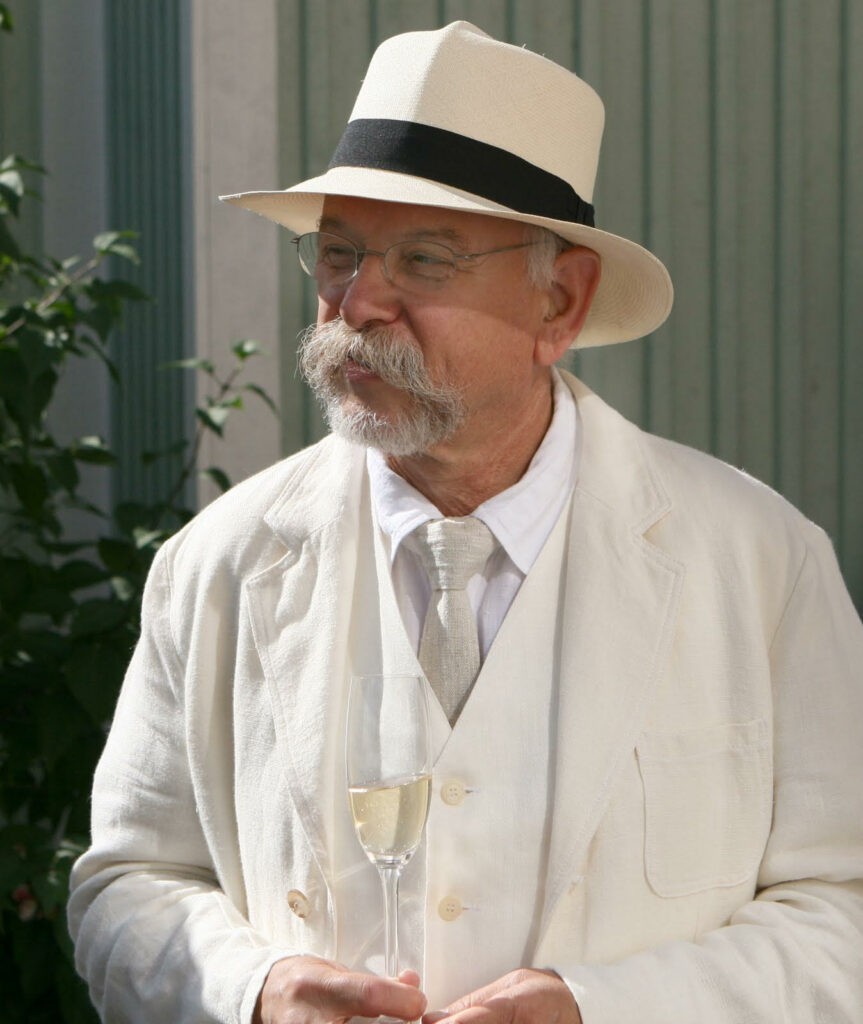
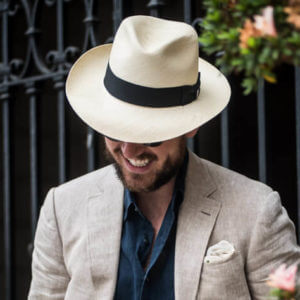
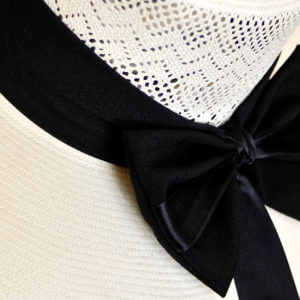
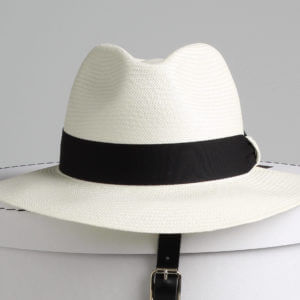

True or false?
There are many myths about these hats; one example is that you should be able to roll them up and pull them through your wedding ring, which could actually be possible.
True! But the question is whether one would want to subject their precious hat to such a test if they paid more than 40,000 SEK.
Some claim that you should be able to turn the hat upside down and then fill it with water, and that it should hold tight.
False! This is perhaps the dumbest of the myths…
So you take care of your hat
Traveling with your hat
Many hat models can be rolled up, which often characterizes a genuine Panama hat. Remember to only store the hat rolled up during the actual journey, preferably in a tube or box, and then immediately upon arrival, unroll the hat and let it regain its shape.If it gets exposed to moisture
We usually point out that the hats are sun hats and not rain hats, which makes it simple: in case of rain, protect the hat and try to let it dry flat on a table, preferably with some paper or similar inside to maintain its shape. It can also work if you’ve accidentally dropped the hat in the sea!Stains
Stains can usually be removed by dabbing a bit with masking tape on the stain; if that doesn’t work, you can gently wipe the hat with a slightly damp cloth.For tough stains, you can also use a bit of mild soap and lukewarm water, but only on the stains; never wash the entire hat as it is nearly impossible to recreate the hat’s shape.
Lots of love
Don’t forget that your hat needs to be worn and traveled with a bit to acquire that extra patina that makes it uniquely yours.
Moreover, hats are the best sun protection you can have, something that more and more people have discovered and therefore invested in a genuine Panama.
